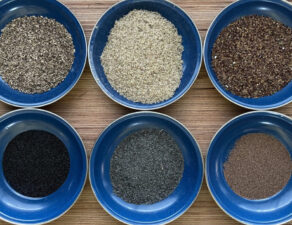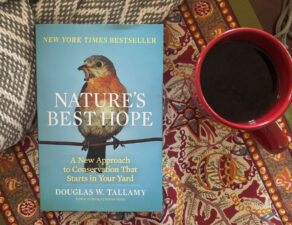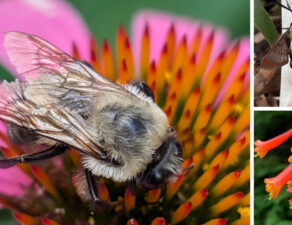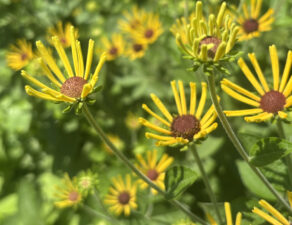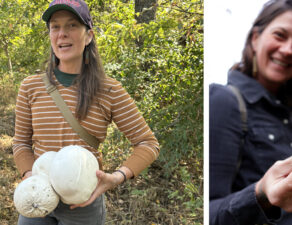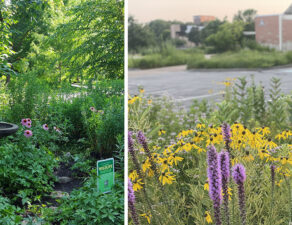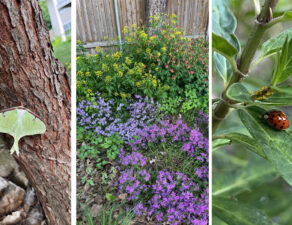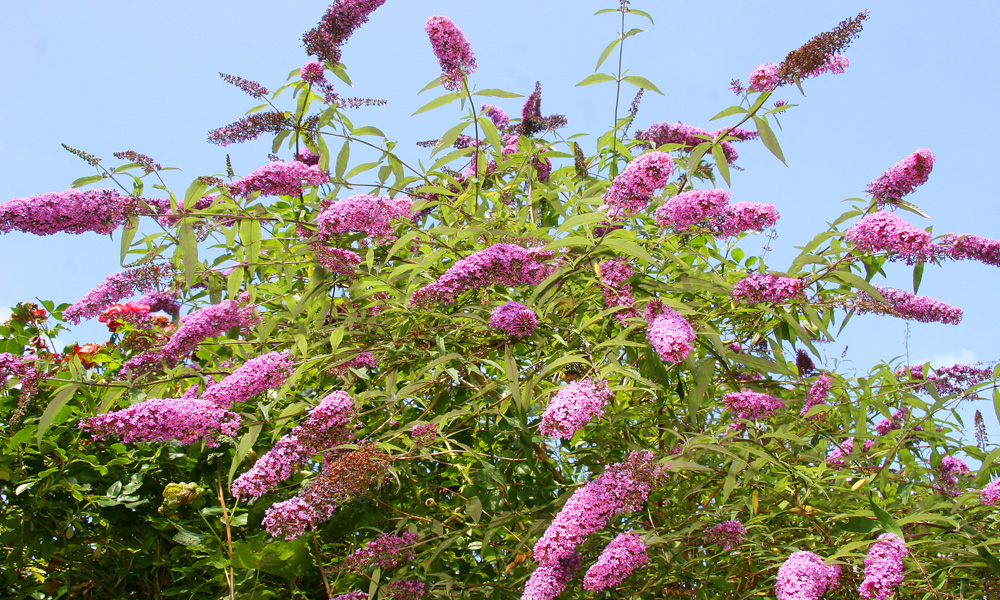
Pictured above: Butterfly Bush
Welcome to our new segment, the Ask Us column. We love to receive your native plant and native landscape questions! We will begin featuring some of them each quarter here in the Pollinator. Drop us an email at hello@deeprootskc.org when you need to know all things native plants! If your question is featured in the Pollinator, we will send you a set of beautiful native plant notecards designed by a local artist. Our inaugural question featured here is answered by Deep Root’s Program Manager Chris Cardwell.
Q: I heard someone say recently that butterfly bush is invasive. I contended that it’s not. Is it? What butterfly species depend on the butterfly bush for food?
A: Thanks for your question, it’s a poignant one, and somewhat contentious in gardening circles. Butterfly bushes, or Buddleia spp. is a very popular nectar source for endless numbers of pollinators of all shapes and sizes: hummingbirds, butterflies, moths, bees, etc. However – in many parts of the US, particularly in warmer, more temperate regions, it has escaped cultivation and is presenting a serious invasive threat to our local native ecosystems.
So many invasive species in North America were imported for their beauty and application in horticulture. Almost all were originally thought to be innocuous, or even beneficial for wildlife, and unfortunately it seems that Butterfly Bush is quickly becoming the next addition to that list. I’m personally torn up by this truth, as for many years the whole array of Buddleia varieties had been a garden favorite of mine – it is simply covered with insects all summer long and smells like heaven from yards away. But particularly as climate change continues to shift our temperate zones further North, we’re going to see it become a menace in our woodlands and prairie biomes in the Kansas City region as well. Harsher winters tend to set it back from establishing in the wild, and as those winters become more and more mild, it’s likely to become more problematic.
Hopefully this helps shed light on the complexity of the question, and may I suggest natives like Rose Verbena (Glandularia candensis) as a long-blooming, heavenly smelling substitution, or if shrubs are what you’re looking for, consider Sweetspire (Itea virginica) to support an equivalent cross-section of the pollinator population. Happy gardening and do reach out if you have any further questions.
